How to grow a Suvorov onion in the country and what care he needs
Suvorovsky onion is a culture, the cultivation and care of which are unfamiliar to most summer residents. Even just seeing it in someone else's garden, not everyone will be able to understand that this representative of the flora did not get there by chance and that it is edible. His homeland is mountainous regions located in central and central Asia. The plant has many names, and each of them reflects its external features. This bow is known as a stalked, giant, tallest. The inhabitants of the East have long known him under the name Anzur. But this name is general. Biologists assigned it to the group of mountain bows, of which Suvorov is also a part.
Sowing seeds
You can grow anzur in different ways:
- from seeds;
- vegetatively.
The generative way of breeding culture is not very popular. Having sown seeds, you will have to be patient - a large onion will ripen only after 4 years. There will be no problems with obtaining them. A mature plant produces many seeds. They are usually sown before winter - at the end of October, when about a week remains before frost. The beds are made low - 10-12 cm. Seeds are covered by 1.5-2 cm. Having planted them, they mulch the beds with peat or humus. This procedure is especially important if the soil on the site is heavy. The layer of mulch should be about 2 cm. In spring, anzur will give friendly shoots. They will appear early: in late March or early April.
Advice
Spring planting of Suvorov's bow is also possible. But it will require preliminary stratification of seeds, otherwise seedlings can not be expected. The seed is placed in wet and cold (0- + 5 ° C) sand. It will be ready for planting only in 5 months.
Having released the cotyledon leaves, the seedlings will dry up by May, passing into a dormant period. During this time, the plants form tiny bulbs. Their diameter can be up to 2 cm, but more often it is much smaller and is 3-6 mm. They are dug up and, after drying, are left until autumn. Anzur bulbs are planted at a distance of 5 cm from each other. The spacing between the rows is made equal to 25 cm. The planting depth is 5 cm. In the first year, you do not need to dig out the bulbs, but leave them to winter in the same place. But next season they are seated, otherwise the development of anzur will slow down.
The procedure is repeated twice. At the end of the third season, the bulbs will resemble garlic cloves in size. When planting, they are deepened by 7 cm. The sprouts that have appeared from them in the spring of the fourth year can be eaten. Large onions are prepared for planting in the traditional onion way.
Vegetative propagation
Growing anzur from seeds is a very time consuming task. More often, daughter bulbs and slices are used for its reproduction. You can dig them out when the leaves on the plant are dry almost to the end. Usually 2-3 cloves form in the nest, but 1 large onion can also form. They are placed in the ground in the fall, leaving 20 cm between them. The width of the row spacing is increased to 30 cm, the depth of planting - up to 10-12 cm. If you arrange them shallower, after winter the anzura bulbs may appear on the surface of the soil.
Late boarding is preferred. Experienced summer residents note that the bulbs placed on the beds in September form 4-6 cloves each. If you postpone the procedure until the end of October, they divide less intensively. With such a planting, anzur will give ready-to-eat bulbs at the end of the next season.
Suvorov onion tastes like loose soil. In heavy clay soil, it is often affected by fungal infections and rot. It is better to make the beds for anzur high. The soil must be well cleaned by picking out the roots of weeds, even rotted ones.If you neglect this, the leaves on the plant will be small and curled. Planting the bulbs is carried out carefully. If the root tubercles are damaged, a good harvest may not be expected.
Botanical features
The areas vacated after the following plants are suitable for growing Suvorov onions:
- potatoes;
- cucumbers;
- cabbage crops.
Anzur is distinguished by a short growing season. It rises early, already in May-June entering the flowering stage. In early spring, the green leaves of the Suvorov onion on the site contrast with the snow that has not yet completely melted. They grow quickly, remaining edible for 2-3 weeks. Then they get rude. Anzur leaves contain many vitamins, which the body desperately needs after winter. Suvorov's onion allows you to get the first useful greens while the rest of the garden crops are still sleeping. In July, after the seeds have ripened, the aboveground part of the plant dries up, and a dormant period begins for the underground (bulb).
Anzur is not afraid of harsh winters. Its winter hardiness can only be envied. Even completely frozen bulbs sprout in spring. Only excess moisture is destructive for them. It leads to their decay. Therefore, it is better to plant Suvorov's bow in elevated areas, where snow does not linger and water does not stagnate. Pests and diseases bypass the plant.
Care rules
Anzuru does not require specific care. For those who grew garlic on the site, its agricultural technology will seem familiar. Suvorov bow is quite thermophilic. The optimum temperature for its development is within + 15- + 25 ° C. Water the plantings sparingly, avoiding even short-term waterlogging.
Anzur responds well to feeding. Formulations with a high potassium content are ideal for him. The lack of this element leads to yellowing, and then to the drying of the leaves of the plant. When shoots appear, proceed to the first feeding. During this period, fertilizers rich in nitrogen are applied. You can scatter urea over the bed (at the rate of 1 tsp of substance per 1 m² of soil surface), and then pour it with warm water. It is advisable to treat the seedlings with the "Epin" preparation. 1 ampoule is diluted in 5 liters of water and the onion is sprayed with the resulting composition. After such treatment, stressful situations will not be terrible for him.
At the germination stage, anzur is fed twice. When 12-15 days have passed since their appearance, the Suvorov onion is sprayed with the Ferovit preparation, diluting 1 ampoule in 1.5 liters of water. This will help enhance photosynthesis. 2-3 times during the growing season, anzura beds are enriched with ash and potassium sulfate. When the leaves on the plant dry up, the bulbs are dug up. They need to be dried and sorted by size. Large onions are eaten, small ones are placed in a dry and cool place, where they are kept until planting.
It is recommended to replant Suvorov onions every year. It is allowed to do this less often - once every 2-3 years. Then the plant forms a nest, consisting of a pair of large, several medium-sized bulbs and numerous children. Flowering and ripening of seeds takes a lot of energy from anzur. In order for him to spend them on building the bulb, the arrows that appear are broken out. You can do this later, when Suvorov's bow has faded, having admired spectacular purple balls swaying in the wind on long (more than 1 m) legs.
The use of the Suvorov bow
Although anzur leaves and bulbs are edible, it is more commonly grown as an ornamental perennial crop. In its adult form, it is a powerful spreading bush formed by wide leaves, above which a flowering arrow proudly rises. It is crowned with a large bright inflorescence that attracts bees. If you hurry and cut the flower stalks, when the first buds begin to bloom, they will stand in the water for up to 2 weeks. Umbrellas of the Suvorov onion with ripe seeds will also become a spectacular decoration of the house. They can be placed in an empty vase. Anzur in the garden will delight early with its decorativeness.The rest of the flowers are just starting to wake up after a long winter, and he has already spread his powerful leaves.
The taste of the Suvorov onion bulbs is unusual. This is a cross between a radish and garlic. They are rarely consumed raw. The bulbs have a pungent sulfurous odor, and their pulp contains a lot of essential oil. Usually they are pickled, baked or boiled with honey, after soaking. For this, the bulbs are poured with water (pure or mixed with table salt), periodically changing it. You can cook them when the smell has completely disappeared. It takes up to 1 month to eliminate it. But even after such processing, the Suvorov onion is eaten carefully, in small doses.
Young leaves of anzur are often eaten. They are very juicy and healthy due to their high content of vitamins, trace elements and mineral salts. In terms of their strength and range of effects on the human body, they are compared with ginseng. They are good on sandwiches, salads, cabbage or sorrel cabbage soup, soups. You can add them to okroshka. The leaves of the Suvorov onion quickly become coarse, so they are harvested for future use by freezing. After it, they acquire a bluish tint, but retain all the beneficial properties, looking fresh in ready-made dishes.
The value of Anzur as a food culture is explained by its medicinal effect. It is advised to include it in the diet for age-related ailments, respiratory diseases, scurvy. It tones well, improves immunity, improves brain function and memory. A significant drawback of the Suvorov onion is its toxicity, because of which it should be used very carefully so as not to cause poisoning and not provoke a strong allergic reaction.
If the taste and medicinal qualities of the bulbs and leaves of the plant do not seem attractive, it is worth planting anzur on the site at least for the sake of its showiness. It is easy to take care of the culture, it will not take much time, especially since the dormant period near its bushes will begin in the middle of summer.
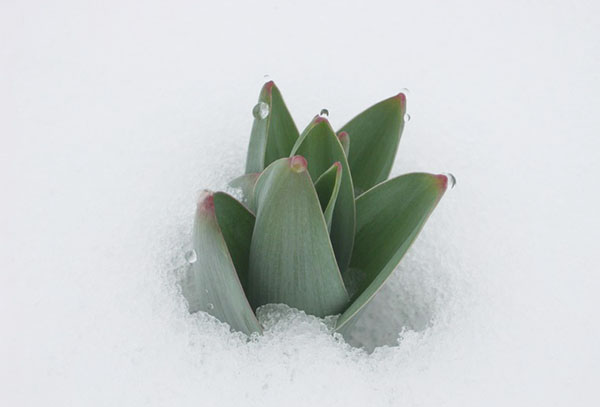
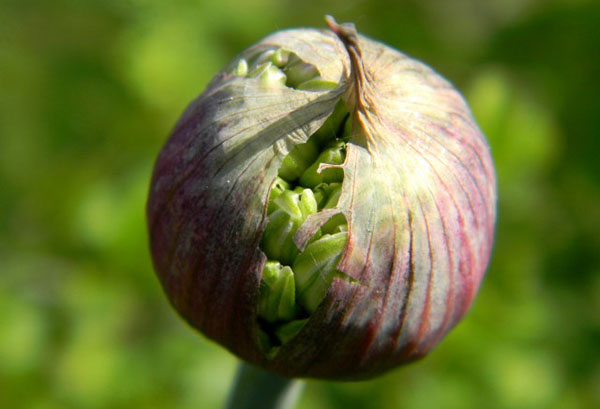

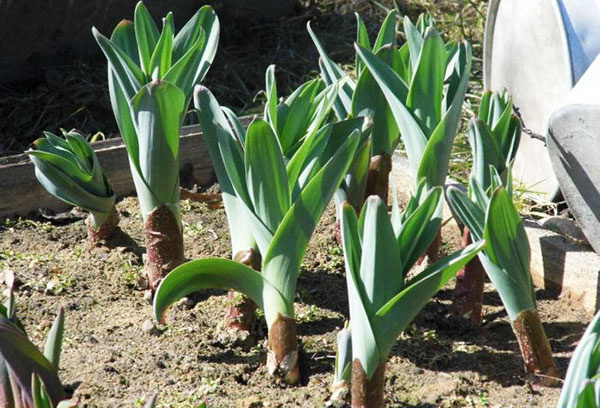

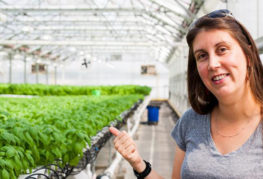
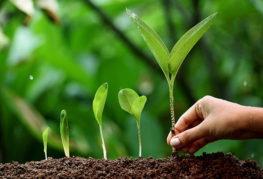
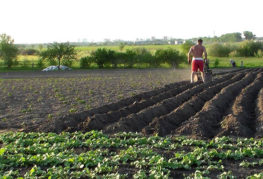
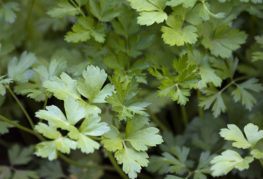
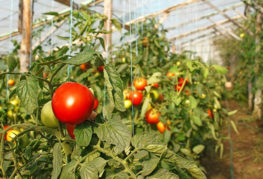
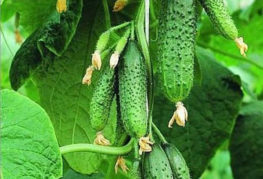
and will be published shortly.